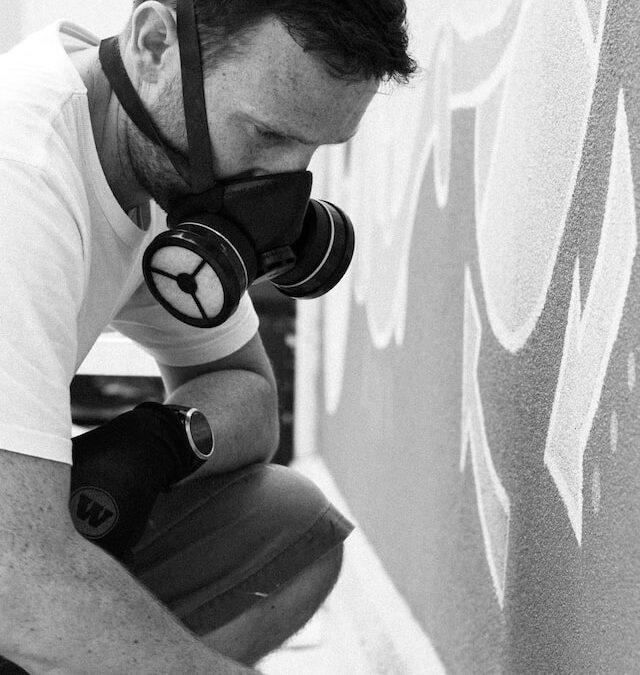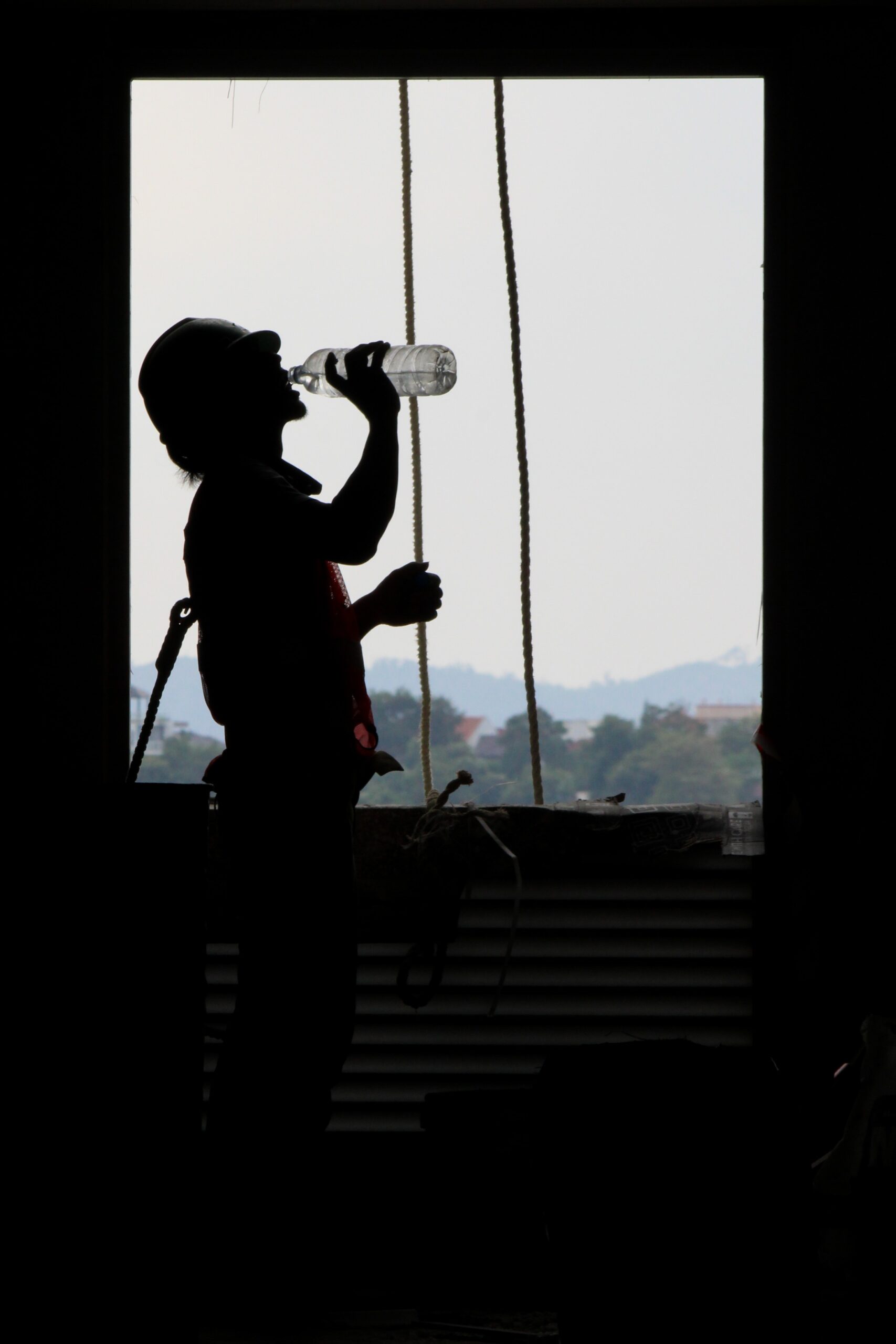Introduction:
Respiratory hazards are a common concern in many workplaces, especially those that involve working with hazardous substances or in environments with poor air quality. These hazards can lead to respiratory illnesses and other health problems if not properly addressed. One way to protect yourself from these hazards is by using respiratory protection equipment. In this toolbox talk, we will discuss some common respiratory hazards and the importance of using respiratory protection equipment to prevent exposure.
Common Respiratory Hazards:
There are many types of respiratory hazards that workers may encounter on the job. Some of the most common hazards include:
1. Dust: Dust particles can irritate the respiratory system and cause respiratory problems such as bronchitis and asthma. Workers in industries such as construction, mining, and agriculture may be at risk of exposure to dust.
2. Fumes: Fumes are small particles that are released when a material is heated. They can be inhaled and cause respiratory irritation, as well as other health problems such as metal fume fever. Workers in industries such as welding, soldering, and metalworking may be at risk of exposure to fumes.
3. Gases: Gases can be toxic and cause respiratory problems or even death if inhaled in high concentrations. Workers in industries such as chemical manufacturing, oil and gas production, and mining may be at risk of exposure to gases.
4. Vapors: Vapors are gaseous forms of substances that can be inhaled and cause respiratory problems or other health effects. Workers in industries such as painting, printing, and dry cleaning may be at risk of exposure to vapors.
Respiratory Protection Equipment:
The use of respiratory protection equipment is essential in preventing exposure to respiratory hazards. Respiratory protection equipment includes devices such as respirators, masks, and other breathing apparatuses. It is important to select the correct type of respiratory protection equipment based on the type of hazard you may encounter on the job.
The Occupational Safety and Health Administration (OSHA) has established standards for respiratory protection equipment. These standards require employers to provide respiratory protection equipment to workers when the hazards cannot be adequately controlled by other means. OSHA also requires that employers train workers on the proper use of respiratory protection equipment.
Types of Respiratory Protection Equipment:
There are two main types of respiratory protection equipment: air-purifying respirators and supplied-air respirators.
- Air-purifying respirators: Air-purifying respirators filter out contaminants from the air as you breathe. There are three main types of air-purifying respirators: filtering facepiece respirators, half-mask respirators, and full-face respirators.
- Filtering facepiece respirators (FFRs) are the most common type of respirator and are often used in healthcare settings. FFRs are disposable and designed to filter out particles such as dust, fumes, and airborne pathogens. They do not provide protection against gases or vapors.
- Half-mask respirators cover the nose and mouth and have replaceable filters that can protect against a variety of hazards. They are often used in industries such as construction, painting, and welding.
- Full-face respirators cover the entire face and have replaceable filters that provide protection against a wider range of hazards. They are often used in industries such as chemical manufacturing, oil and gas production, and mining.
- Supplied-air respirators: Supplied-air respirators provide clean air from an outside source, such as a compressor or air tank. There are two main types of supplied-air respirators: airline respirators and self-contained breathing apparatuses (SCBAs).
- Airline respirators use a hose to supply clean air from an outside source. They are often used in industries such as spray painting, sandblasting, and asbestos removal.
- Self-contained breathing apparatuses (SCBAs) are worn on the back and provide clean air from a tank. They are often used in emergency response situations, such as firefighting or rescue operations.
Proper Use of Respiratory Protection Equipment:
To ensure the effectiveness of respiratory protection equipment, it is important to use it properly. Here are some tips for using respiratory protection equipment:
- Select the appropriate equipment: Choose the right type of respirator based on the hazards you may encounter on the job.
- Perform a fit test: A fit test should be performed to ensure the respirator fits properly and provides adequate protection.
- Conduct a user seal check: A user seal check should be performed every time the respirator is worn to ensure a proper seal.
- Follow maintenance and storage procedures: Respiratory protection equipment should be properly cleaned and stored according to the manufacturer’s instructions.
Conclusion:
In conclusion, respiratory hazards are a common concern in many workplaces and can lead to respiratory illnesses and other health problems. To prevent exposure to respiratory hazards, it is important to use respiratory protection equipment such as respirators, masks, and other breathing apparatuses. Employers are required by OSHA to provide respiratory protection equipment to workers and to train them on the proper use of the equipment. By selecting the appropriate equipment and using it properly, workers can protect themselves from respiratory hazards and stay safe on the job.





